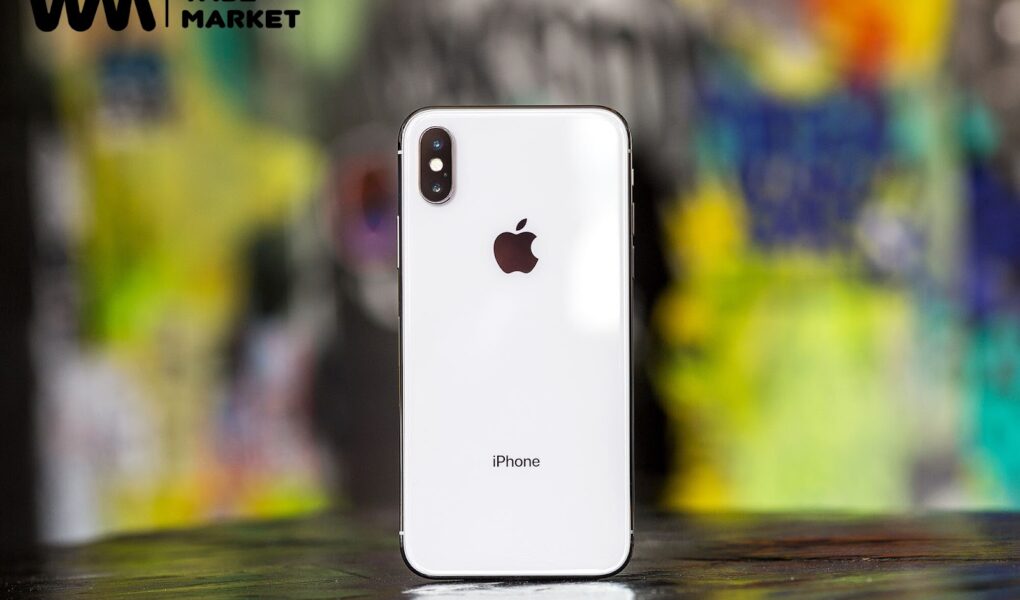When Apple introduced the iPhone 10 (iPhone X) in 2017, it marked a decade of innovation and revolution in the smartphone industry. The iPhone 10 was not just a milestone for Apple but a game-changer for the entire smartphone market. This article delves into the various aspects of the iPhone 10 that have left an indelible mark on the industry, from its groundbreaking design to its superior performance, advanced camera system, and lasting legacy.
Groundbreaking Design
The iPhone 10’s design was a radical departure from its predecessors. The edge-to-edge display, coupled with the elimination of the iconic home button, set a new standard for smartphone aesthetics. The introduction of the notch, which housed the front camera and facial recognition sensors, was initially controversial but quickly became a ubiquitous feature in smartphone design. Apple’s use of premium materials, such as surgical-grade stainless steel and glass, gave the iPhone 10 a luxurious feel, influencing the build quality standards of future smartphones.
Advanced Display Technology
One of the most significant innovations of the iPhone 10 was its Super Retina OLED display. This was the first time Apple adopted OLED technology for its iPhones, offering users vibrant colors, deep blacks, and a higher contrast ratio compared to traditional LCD screens. The superior display quality of the iPhone 10 set a new benchmark for smartphone screens, pushing other manufacturers to adopt OLED technology in their flagship models. The impact of this shift is evident in the widespread use of OLED displays in today’s premium smartphones.
Superior Performance
At the core of the iPhone 10 was the A11 Bionic chip, a powerhouse that delivered exceptional performance. The Apple iPhones A11 Bionic’s neural engine enabled advanced machine learning capabilities, improving everything from photo processing to augmented reality applications. This leap in processing power not only set a new standard for smartphone performance but also spurred innovation in mobile processors, leading to increasingly powerful chips in subsequent smartphone generations.
Innovative Camera System
The dual-camera system of the iPhone 10 was a significant advancement in smartphone photography. With a 12MP wide-angle and telephoto lens, the iPhone 10 introduced features like Portrait Mode, which created professional-looking depth-of-field effects. This innovation pushed other smartphone manufacturers to enhance their camera systems, leading to a race for the best smartphone camera. The iPhone 10’s camera set a high bar for photo and video quality, making advanced photography features a must-have in modern smartphones.
Enhanced Security Features
The introduction of Face ID was one of the most talked-about features of the iPhone 10. Using advanced facial recognition technology, Face ID offered a secure and convenient way to unlock the phone and authenticate apps. Compared to Touch ID, Face ID provided a higher level of security and ease of use, influencing the adoption of facial recognition technology across the smartphone industry. Today, biometric security has become a standard feature in high-end smartphones, thanks in part to the success of Face ID.
User Experience and Interface
To complement its new design, the iPhone 10 introduced a gesture-based navigation system, replacing the traditional home button navigation. This shift required a significant change in how users interacted with their devices, but it ultimately provided a more fluid and intuitive user experience. Apple’s changes to iOS to support this new navigation method set trends in user interface design, influencing how modern smartphones are used and interacted with.
Battery Life and Charging Innovations
Battery life has always been a crucial aspect of the smartphone experience, and the iPhone 10 brought several improvements in this area. Despite its powerful performance and high-resolution display, the iPhone 10 offered solid battery life, thanks to efficient power management. The introduction of fast charging and wireless charging capabilities was a significant step forward, setting new standards for convenience and usability. These features have since become commonplace in the smartphone market, highlighting the iPhone 10’s influence.
Market Impact and Sales Performance
The iPhone 10 was met with strong market reception, achieving impressive sales figures despite its higher price point. Its success reinforced Apple’s position as a leader in the smartphone industry and demonstrated that consumers were willing to pay a premium for innovative features and high-quality design. The iPhone 10’s market impact also influenced pricing strategies across the industry, with many manufacturers introducing their own premium-priced flagship models.
Long-Term Legacy and Influence
The iPhone 10’s legacy is evident in the design and technology trends that have emerged since its release. Its innovative features, from the edge-to-edge OLED display to Face ID, have set new benchmarks that other manufacturers strive to meet or exceed. The lessons learned from the iPhone 10 have pushed the entire industry forward, fostering competition and innovation. As we look back, it’s clear that the iPhone 10 was not just a product but a milestone in smartphone history, shaping the future of mobile technology.
In conclusion, the iPhone 10’s impact on the smartphone industry is undeniable. Its revolutionary design, advanced technology, and innovative features have left a lasting mark, influencing the development of future smartphones and setting new standards for excellence. Whether you’re an Apple fan or not, there’s no denying the significance of the iPhone 10 in the evolution of mobile devices.
visit to : Maximize Returns with Professional Portfolio Management


